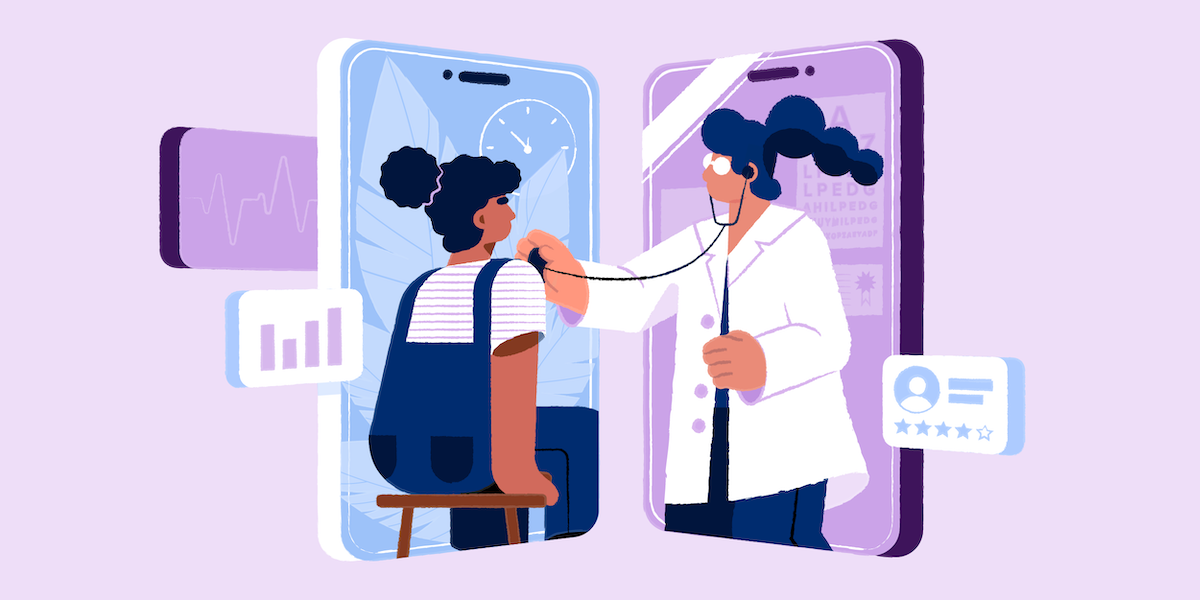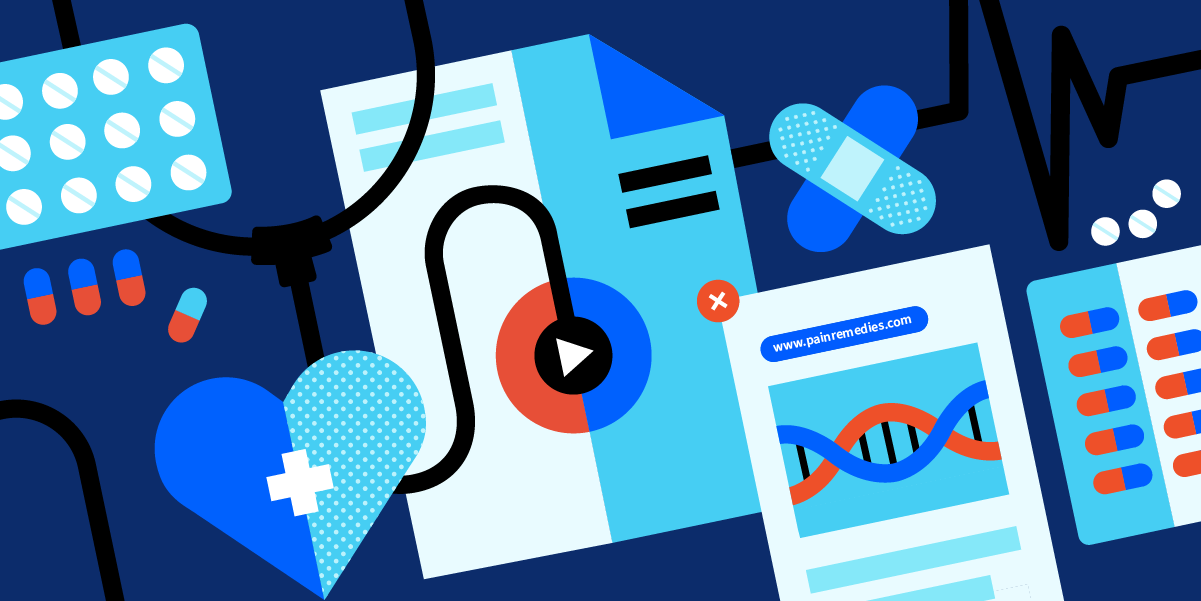Healthcare marketers need to be aware of the many rules and regulations that exist within the healthcare digital marketing industry. With a ton of opportunities to win more patients and enhance brand reputation, you just need to know the right way to do it.
Below, we’re covering 4 programmatic advertising tactics that you can leverage to take advantage of this growing market and still remain compliant. But first, you need to understand the common challenges in healthcare marketing.
Healthcare Marketing Challenges
In the US, the Health Insurance Portability and Accountability Act (HIPAA) requires healthcare providers to adopt national standards for electronic healthcare transactions. The goal of this act is to protect the security of individually-identifiable health information.
How does HIPAA impact your healthcare digital marketing plans? The main challenge is that you’re unable to use data from your CRM to target anyone who has been a patient because that is considered private information.
Despite these limitations, you can still develop a strong healthcare marketing strategy. The key is to leverage the right audience segments and targeting tactics.
4 Targeting Tactics for Healthcare Digital Marketing
Let’s unpack 4 targeting tactics that you can leverage for your healthcare digital marketing. These tactics will help you create the right audience segments so you can target your target audience efficiently with a strong healthcare industry targeting strategy.
1. Custom Audience Segments
Custom Audience Segments are a programmatic audience tactic that allows you to target based on intent, using 1st-party proprietary data that consists of content a user has consumed. You can capture potential patients who are looking for a general practitioner or medical specialist, or who are searching for health-related topics.
Custom Audience Segments provide insight into the content that a user is consuming–without identifying what they’ve searched. This means you’re able to access an audience pool while putting privacy first.
2. Lookalike Audiences
In programmatic advertising, lookalike audiences are a target audience that has similar characteristics to your existing customers or community. This audience is built by using a sophisticated algorithm that identifies users who share similar interests and behaviours with your already existing audience.
Lookalike audiences are perfect for healthcare, because this targeting tactic helps deliver more impressions to a relevant audience that is likely to click and convert. Since the lookalike audience has the specific characteristics that will be ideal for your healthcare offering, you know your ad budget is being well spent.
3. Third-Party Data
Third-party data gives you access to curated data sets, made of specific segments. Data intelligence companies collect user data that is pseudonymous and based on demographic or psychographic behaviour.
Healthcare data providers like Epsilon and Swoop allow you to reach patients through the use of claims data by ailment, procedure, prescription, and more. From this data, relevant audience segments are curated. Third party data can also be used to target healthcare practitioners in a granular way through the use of National Provider Identifier (NPI) lists, specialty level targeting, and by clinical behaviours
To use 3rd-party audience segments in your healthcare digital marketing campaigns, you can search the user characteristics you are looking to target. Once you find segments that fit your desired targeting, the data provider will allow you to access and target users who match.
For healthcare campaigns, choose a few of the key characteristics of your buyer personas to align them with 3rd-party audience segments. Look for segments that have those characteristics in common with your buyer personas. For example, a naturopathic clinic would want to select a segment using characteristics related to alternative or holistic medicine.
Now that you have a targeted segment of prospects, how can you be sure your ads are successful? With the right targeting tactic.
4. Contextual Targeting
Contextual advertising targets ads based on the environment in which an ad appears. It uses algorithms to target ad placements based on keywords, website content, and other metadata.
This way, ads are shown to users based on the content they are consuming at that moment in time. Modern cookieless targeting leverages machine learning and artificial intelligence (AI), which has made this targeting method more effective than ever before.
With contextual advertising, you can target niche contexts by specifying a topic or a collection of keywords. For example, a physiotherapy center can indicate keywords related to back pain or knee pain, to precisely target a niche user profile.
This strategy is effective because it ensures your ads are served to people who are receptive to the niche attributes of your healthcare offering.
5. Geotargeting
When looking for new patients, it’s important to target geographically-relevant audiences. Users looking for medical practitioners or services will typically be looking for options close to home. For example, a person located in New York is probably not interested in a general practitioner located in California.
With geotargeting, you can target users by state, city or zip code. You also have the option to target audiences who have visited a nearby hospital or walk-in clinic. For the best results, couple your Custom Audience Segments with geotargeting. This way, you’ll have an audience pool that has similar intent, and is in your ideal location.
Why stop there? If you’re running a clinical research campaign and need participants, you need to get more granular than just intent and geography. That’s where industry specific, 3rd-party data comes in.
Reach Healthcare Audiences With Digital Advertising
While there are many regulations healthcare marketers need to be wary of, with the right targeting and ad formats, you can run successful campaigns in this industry. Remember that for the best results, you’ll want to leverage these tactics as part of a marketing strategy that aligns with the healthcare journeys of patients and physicians.
For example, the patient journey will typically start with the awareness stage. A patient will likely try to identify their symptoms with a search engine query, which drives them to websites such as Mayo Clinic and WebMD.
From there, they might contribute to online forums and seek out similar cases to narrow their pre-treatment research–this is the consideration stage. Finally, they will enter the conversion stage by selecting a provider to gather expert information and seek out professional treatments.
Identifying the journey that your target healthcare audience is on will help you to identify which tactics align your strategy with your audience’s needs, enabling you to better reach your campaign goals.
Want to run exceptional healthcare campaigns? Request a demo to learn more about StackAdapt.




